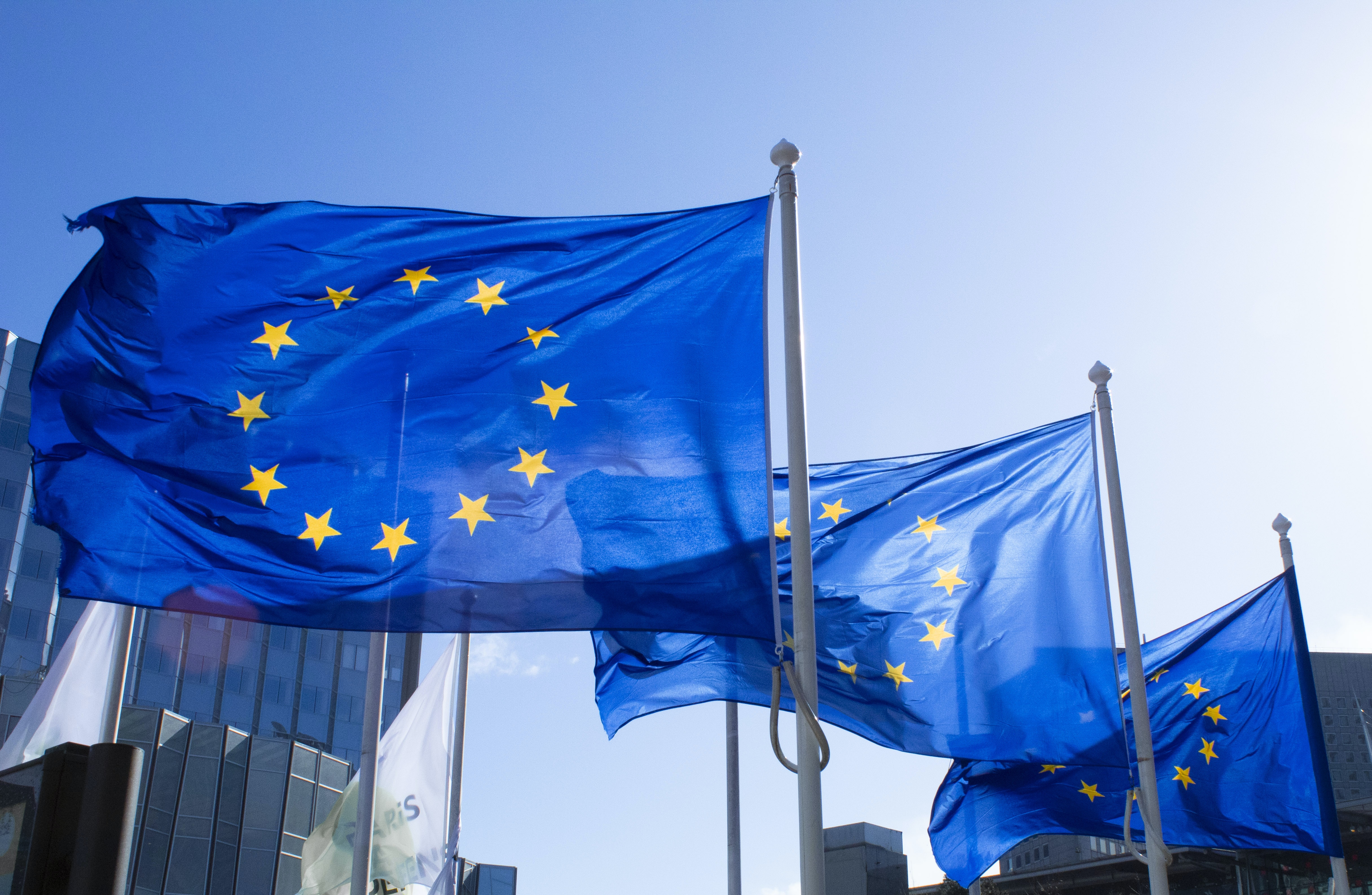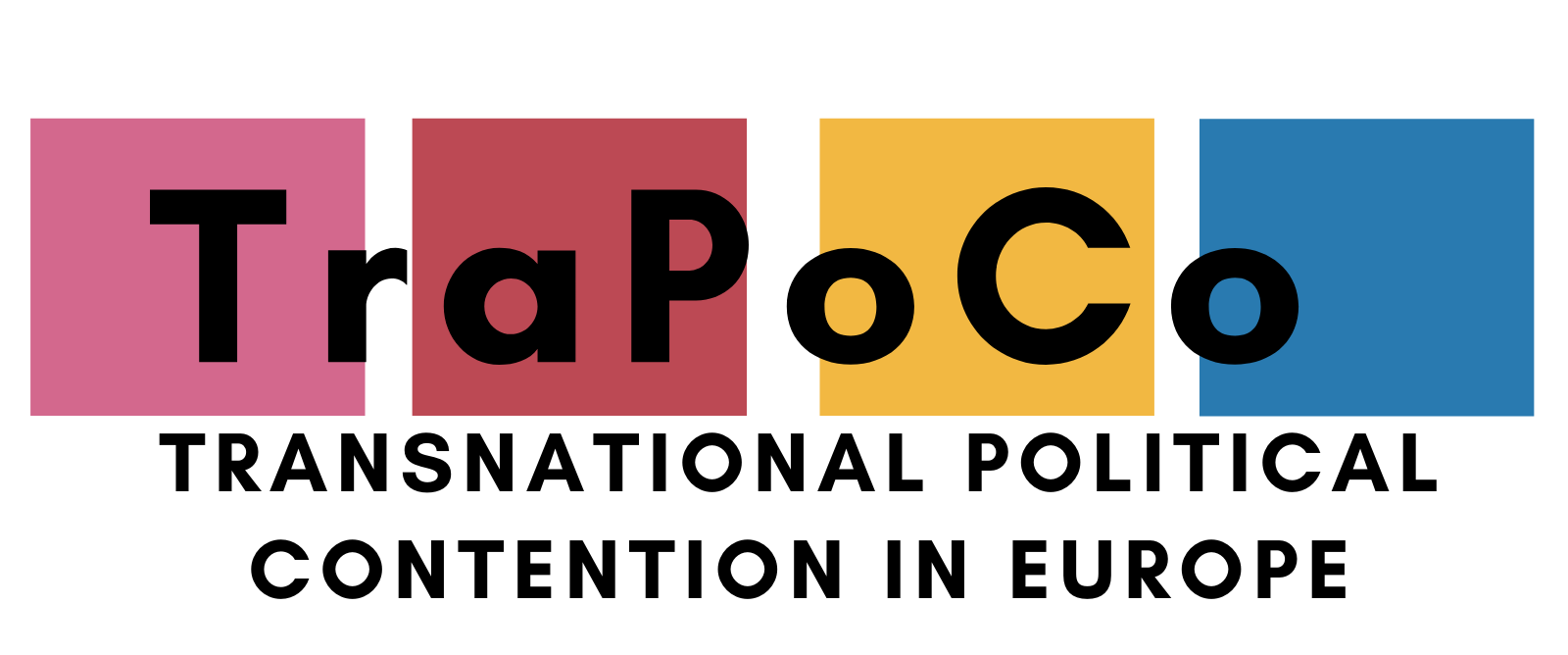
Photo byAlexandre Lallemand su Unsplash
‘Nationalism becomes predominantly a popular cause, […]. Internationalism, at the same stroke, starts to change camps – assuming new forms in the ranks of capital.’ This is how the historian Perry Anderson depicts the emergence of two groupings whose struggle shapes politics in our age: populist nationalism on one side against elitist internationalism on the other.
The diagnosis – that a footloose capitalist elite dominates the international system, while popular reactions to globalisation find shelter in nationalism as the last line of defense – are shared by many academics and commentators of current affairs alike. The nationalist backlash is also the favoured concept to describe the recent resistance to European integration. When it comes to the studies on the politicization of the EU , the main dividing line runs between supranational European institutions on one side, and nationalist political entrepreneurs whipping up anti-EU sentiments on the other. This is not the full story however, as we argue in our new article Why Do some Labour Alliances Succeed in Politicizing Europe across Borders? in the Journal of Common Market Studies . The politicization of Europeanization is not necessarily a one-way street where pressures come from the transnational level and popular mobilizations are constrained by national silos.
Class-based solidarity can reach across national borders, the question is under which conditions this is possible. The views that lump capital together with internationalism and popular movements with nationalism relegate the examples of transnational democracy to an outlier status, to anachronistic exceptions that are crushed between the two poles of technocratic internationalism and populist nationalism.
We accept that the odds are stacked against transnational democracy, but this does not mean that when successful cases of transnational democratic mobilization emerge, they happen by chance. In our article we examine the drivers of transnational democratic mobilization at the EU level, focusing on the European Citizens’ Initiative (ECI), an instrument for European direct democracy . We compare two cases: the first of which is European Federation of Public Service Unions (EPSU) coordination of the first successful ECI on the Right to Water in 2012-2013 (for details see Table 1). The Right2Water campaign collected almost 2 million supporting statements from EU citizens, it led to the exclusion of water from the commodifying Concessions Directive and to the inclusion of an obligation for member states to provide access to water in the recast Drinking Water Directive. The second case refers to the European Transport Workers’ Federation (ETF) own initiative on “Fair Transport” in 2015. Contrary to EPSU’s campaign, the ETF campaign failed to collect the necessary number of signatures and as a consequence was unable to oblige EU institutions to engage with the demands of the initiative. Transport remains a contentious transnational policy area where commodifying EU interventions dominate.
Table 1: Main Features of the Two European Citizens Initiatives
| Main coordinator | European Federation of Public Service Unions (EPSU) | European Transport Workers’ Federation (ETF) |
| Title of the initiative | ‘Water and sanitation are a human right! Water is a public good, not a commodity’ | ‘Fair Transport Europe – equal treatment for all transport workers’ |
| Time frame | 1 Nov 2012–1 Nov 2013 | 14 Sept 2015–14 Sept 2016 |
| Collected signatures | 1,839,484 | ≈200,000 |
| Countries surpassing ECI threshold | Austria, Belgium, Finland, Germany, Greece, Hungary, Italy, Lithuania, Luxembourg, Netherlands, Slovakia, Slovenia, Spain | Belgium, Denmark, Sweden
|
See: Szabó, Golden and Erne (2021: 5)
Trade union-social movement alliances
Why should we care about EU-level citizens initiatives organized by trade unions? The role of meso-level, intermediary associations that create a link between individual citizens and political institutions is downplayed in EU politicization studies. Among these associations, trade unions and their “organisational networks” played a crucial role in the democratization of nation states. Despite their declining membership numbers, they are still the most encompassing civil society organizations all across European societies. Given this track record at the national level, what is the role of trade unions in the democratization of the EU? Our article engages with this question and in particular highlights how the processes of economic and political integration shape trade unions’ capacity to act as handmaids of transnational democracy .
The two campaigns that we investigate were led by trade union federations that are very similar. This pairing allowed us to focus on the few key differences that can explain the eventually different outcomes of their campaigns. EPSU and ETF share similar structures of small secretariats with little authority over national affiliates, a waning legacy of cold-war political divisions and similar histories and methods of influencing Brussels policymaking. In some other aspects, EPSU was in a weaker position compared to ETF: EPSU was the first to launch an ECI, therefore it could not benefit from earlier trade union-led campaigns. Also the Right2Water campaign had a smaller budget.
EPSU succeeded against these odds because it could rely on a network of trade union-social movement alliance that spanned from the local-community to the global level. Trade union officials were working together with grassroots activists in the campaign, as 47 per cent of the organizations assisting the collection of signatures were unions, whereas 53 per cent belonged to the social movements’ scene, which included the water movement, the global justice movement, and environmental movements. Such a wide-spanning web of alliances was not present in the ETF campaigning and as a consequence were met with difficulties reaching a broader audience. Also, how the message was delivered did not help.
The two campaigns had different goals and they framed these goals within different messages that they communicated to the public. EPSU’s ECI combined its anti-privatization message with an agenda of human rights that was broad enough to unite actors with diverging views on the details of water sector management. By focusing on the threat of privatization, EPSU also identified precise targets against which discontent could be mobilized: the Commission’s pro-market policy initiatives and the two large water multinationals Veolia and Suez, which had benefited most from water services privatization in the past . The other goal of the Right2Water campaign, to make water services a human right connected a diverse set of goals, had direct relevance for different groups of EU citizens. Physical accessibility to good quality drinking water and modernized wastewater facilities was an issue in several countries on the EU’s southern and eastern periphery, which contributed to the balanced popularity of the initiative across member states.
The framing of the Fair Transport initiative was built around the idea of fair competition and equal treatment for all transport workers. These ambiguous demands side-lined the point that — no matter how fair competition is, it still creates inequalities and tensions. This framing alienated the ETF campaign from more radical unions who were against competition tout court and it had little currency among workers in the EU’s East and South. ETF also framed its Fair Transport ECI exclusively in industrial relations terms which made it difficult to find non-trade union allies.
Social movement-trade union coalitions, and framing around well-defined goals are actor-centred factors that can explain the different outcomes of the two campaigns. At the same time, structural factors shaped the options available to the campaign organizers to build broad alliances and to have a clear framing strategy.
Vertical and horizontal EU integration
Most importantly, different modes of EU integration were at play in the two sectors, with wide-reaching implications for the two trade union federations’ ability to lead transnational mobilization campaigns. We distinguish between two modes of EU integration: vertical integration advances through direct interventions by a ‘supranational political, legal or corporate authority ’ and horizontal integration that increase interconnectedness through transnational market pressures. Horizontal integration reinforces the opacity of power relations within transnational capitalism and provides few direct targets for mobilization, while vertical interventions are easier to politicize, albeit within a limited time frame, as the impact of vertical intervention increases horizontal competition in the medium term.
After the earlier vertical EU laws liberalizing one transport modality after another , horizontal market pressures are prevalent in the transport sector. This hinders transnational action, as horizontal integration puts workers in competition with each other across different transport type (public versus private) modality (rail against road) and geographical areas. By contrast, the Commission’s more recent vertical liberalization attempts in the water sector, that started with the proposal of the Services in the Internal Market (Bolkestein) directive, provided crystallization points for successful transnational collective action.
Similarly, the more service providers in a sector are subject to horizontal market integration pressures, the more difficult it becomes to find a common platform with service users. Whereas vertical EU laws motivated unions, consumer groups, environmental NGOs, and even municipal water companies to support the Right2Water ECI, horizontal competitive pressures across different transport modalities go a long way towards explaining the absence of such alliances in the Fair Transport case. Had the ETF focused its ECI solely on public rail transport, it would have attracted support from environmental and consumer groups much more easily. The idea to focus the ECI exclusively on rail did not prevail however, given ETF’s aim to represent the interests of all workers, including those from (competing) transport modalities.
Our findings have several implications for trade union organisers and scholars of European integration alike. For practitioners we send the optimistic message that the lack of day-to-day cross-border links between workers (a characteristic of non-traded public services) does not have to be a hindrance on transnational mobilization. Public service unions are able to create effective transnational links not only with unions in other countries, but also with social movements. For the theory of EU integration, we highlight the importance of meso-level actors , and show how vertical and horizontal integration pressures shape their ability to become actors of politicization and transnational democratization.
This project has received funding from the EU’s European Research Council (GA no. 725240), https://www.erc-europeanunions.eu and its Erasmus Plus Programme (GA no. 620881), https://www.sns.it/en/trapoco. The European Commission’s support for the production of this publication does not constitute an endorsement of the contents, which reflect the views only of the authors, and the Commission cannot be held responsible for any use which may be made of the information contained therein.
The European Commission's support for the production of this publication does not constitute an endorsement of the contents, which reflect the views only of the authors, and the Commission cannot be held responsible for any use which may be made of the information contained therein. The project's page Trapoco









 To Top
To Top